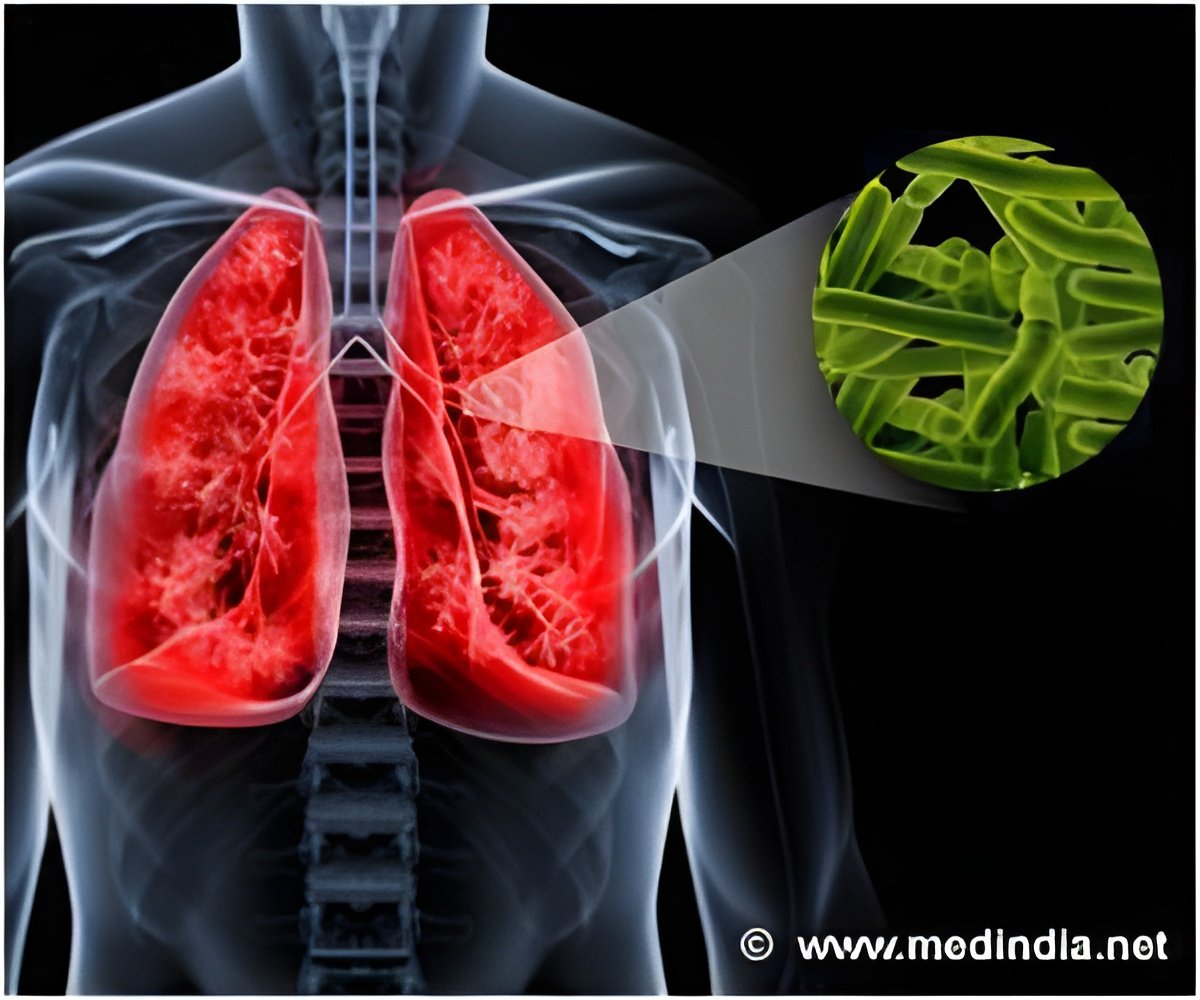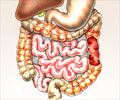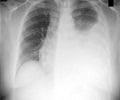
‘Analysis of the functions associated with differing proteins revealed that in Beijing B0/W148 strains there are more proteins producing long-chain fatty acids and less proteins destroying them.’
Tweet it Now
A paper detailing the results has been published in the prestigious journal Scientific Reports, part of Nature Publishing Group. It is important to note that the term "tuberculosis" covers a wide range of bacteria strains that cause the disease. Strains of the Beijing family (this genotype was first discovered in Beijing) are prevalent in Russia - every year about 150,000 people are infected with it. To understand the reason behind the "success" of this strain, scientists compared proteins produced by Beijing B0/W148 with a control strain.
In order to do this, separated bacterial proteins were enzymatically cleaved into smaller fragments - peptides and their mass and relative abundance were measured precisely using mass spectrometry. After analysing the data collected, the scientists knew which and how many proteins there were in each strain.
It was found that in Beijing B0/W148 strains, 266 proteins were differentially abundant compared with the control strain. 57 of them were entirely absent in the study group and 17, on the contrary, were unique to it, others differed quantitatively.
Bacteria use these acids to produce mycolic acids, which integrate themselves in the bacterial cell membrane and make it waxy, which is why mycobacteria can survive and even reproduce in macrophages (special human cells that destroy foreign substances). Normally, if a bacterium is "eaten" by a macrophage it dies.
Advertisement
Advertisement














